Making Up Mysteries
We love to follow along with a detective as they solve a case! But how does an author create a story that can keep us guessing? This class will help you develop a mystery and the cast of characters to go with it. Each student will leave class with a plot outline, a “suspects” poster, and at least one scene from a new mystery story.
Monday: Mapping a mystery - brainstorming and genre conventions
Tuesday: Writing Studio - plot outline
Wednesday: The Usual Suspects - character creation and descriptive writing
Thursday: Writing Studio - scene
Friday: Sharing our Stories - feedback day
MAD SCIENCE!
Where lies the line between madness and science?! The scientific method is how we learn about the world around us. Explore the logic we employ when examining the world through hands-on, age-appropriate labs.
Monday: Discuss how science works, define the ideas of variables and constants, discuss the scientific method. Introduce the lab template and provide an example of how we would fill it out.
Tuesday-Friday: Each day covers a different lab.
Coordinate Graphing
Coordinate planes are one of the most useful methods of being able to accurately reproduce an image. From pixels on a screen to data points on a graph, knowing how to place the points will be key to recreating the images in this activity-driven class.
Monday: Practice plotting points, adding integers.
Tuesday: Subtracting integers, multiplying integers.
Wednesday: Dividing integers, mixed operations with integers
Thursday: Review of integer calculations, addition/subtraction with variables
Friday: Multiplication with variables, division with variables
Emoji Math
In an emoji puzzle, some of the numbers in the equations have been replaced by symbols. By combining equations and using logic, you’ll be able to solve the finial equation, but be careful-the puzzles will get trickier as we progress!
Monday: Warm-up; substitution techniques.
Tuesday: Warm-up; Adding and subtracting linear basic equations.
Wednesday: Head-scratchers; one of the most important rules of algebra: what you do to one side, you must do to the other.
Thursday: Mind-benders; students will learn how to use at least three different equations to find the value of the first emoji.
Friday: Brain busters- learning the order of operations (PEMDAS)
Astronomy
While they may appear as tiny little diamonds set across the sphere of the night sky, the stars are much, much more. Rather than being fixed in the sky, they rest a literally unimaginable distance away. Where do they come from? What sort of metaphorical lives do they live? What fates lie in their future? We’ll use artistic representations, photos of the sky, and talk about the astronomical tricks that scientists use to get a feel for the stars.
Monday: different types of objects in space; discuss and detail the planets in our solar system.
Tuesday: Review different stars in the sky and constellations. Discuss scientific notation and astronomical distances.
Wednesday: Discuss the sun and moon; eclipses, phases, and impacts on the earth.
Thursday: Discuss different types of light and how light can be broken down. Discuss emission spectrums and absorption spectrums of stars and practice a few.
Friday: Visit the Abrams Planetarium
ASL
This class will serve as a brief introduction to American Sign Language (ASL) and Deaf culture. Students will be exposed to the basics of American Sign Language; fingerspelling (ASL alphabet), numbers, basic vocabulary and grammar to communicate at a beginning level. This class includes an introduction to Deaf history and culture in America. To encourage continued education in ASL, the students will learn the importance of learning ASL and about Deaf culture, be exposed to current events, and learn about influential people in the Deaf community. This class will be 90% voice on (English) and 10% voice off (ASL), so the students can experience some immersion in the language! No previous experience or exposure to ASL is required.
Monday/Tuesday - Focused on learning the alphabet and practicing fingerspelling different words and names
Wednesday/Thursday - Move into learning different phrases and vocabulary so students can introduce themselves, ask for names, talk about their families and where they live, their favorite colors and animals.
Friday - Learn about Deaf culture and history and then have time to practice what students learned all week


